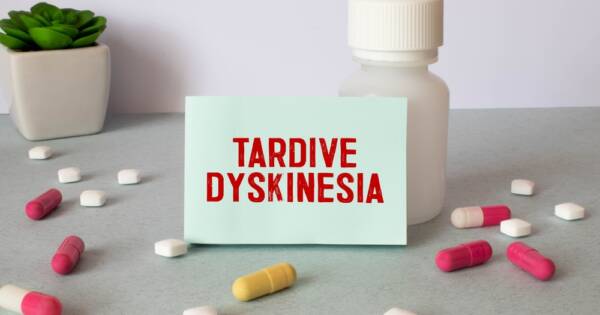Stroke awareness is critical for timely medical intervention, enhancing recovery prospects. Familiarity with early warning signs and stroke types such as ischemic and hemorrhagic informs proper treatment. Transient ischemic attacks signal heightened risk, necessitating quick response. Risk factor management and tailored rehabilitation are essential for prevention and recovery, emphasizing a comprehensive approach to this life-altering condition.
Stroke Early Warning Signs and Treatment Steps
Recognizing the early warning signs of a stroke is crucial for ensuring prompt medical intervention, which can significantly improve recovery outcomes. Stroke symptoms can vary but often include sudden numbness or weakness, particularly on one side of the body, confusion, trouble speaking, vision problems, difficulty walking, dizziness, and severe headaches with no known causeThese signs serve as critical indicators that medical attention is needed immediately.
The Importance of FAST
The FAST acronym is an effective tool for identifying strokes and understanding the immediate steps to take. It stands for:
- Face drooping
- Arm weakness
- Speech difficulties
- Time to call 911 if any of these symptoms are present
This prompt response is essential, as quick treatment can help reduce brain damage and facilitate recovery. Early intervention can greatly impact recovery outcomes for individuals experiencing a stroke.
Types of Strokes
Strokes are typically classified into two main categories: ischemic and hemorrhagic. Ischemic strokes, which are the most common type, result from blocked blood flow to the brain. They account for approximately 87% of all stroke cases. On the other hand, hemorrhagic strokes are caused by bleeding in or around the brain due to a burst blood vessel. Understanding these types is vital, as treatment differs depending on the stroke type.
Treatment Protocols
Ischemic strokes require treatments focused on restoring blood flow to the brain, often involving medications such as tissue plasminogen activator (tPA) or endovascular procedures to remove clots. Hemorrhagic strokes require managing the bleeding and reducing pressure in the brain, which may include emergency surgery. Immediate medical assessment, typically with imaging techniques like CT scans, is vital for determining the correct course of action. Identifying the type of stroke quickly and accurately is essential for optimal treatment.
Transient Ischemic Attacks (TIAs)
Transient ischemic attacks, or “mini-strokes,” present symptoms similar to a full-blown stroke. These may last only a few minutes to hours but should not be ignored, as they significantly increase the risk of a full stroke. Immediate medical evaluation is necessary even if the symptoms resolve quickly. TIAs are often warning signs of underlying health issues that require medical attention, such as blockages that could lead to future strokes. Recognizing and addressing TIAs promptly can help prevent a more severe stroke in the future.
Risk Factors and Prevention
Understanding both modifiable and non-modifiable risk factors is essential for stroke prevention. Modifiable factors include managing high blood pressure, controlling cholesterol, quitting smoking, limiting alcohol intake, maintaining a healthy weight, and staying active. Non-modifiable factors like age, gender, and family history also play a role. Managing risk factors through lifestyle changes can significantly reduce the likelihood of experiencing a stroke.
Stroke Recovery and Rehabilitation
Recovery from a stroke is a multidisciplinary endeavor involving various therapies designed to regain functionality and independence. Physical, occupational, and speech therapies are paramount for helping patients recover lost skills and adapt to new challenges post-stroke.
Support from family and friends also plays a crucial role during recovery, aiding in both emotional and physical well-being. Rehabilitation programs should be tailored to individual needs, optimizing the recovery process. A holistic approach to stroke recovery emphasizes regaining independence and quality of life.
Why You Should Learn More About Stroke Signs and Treatments Today
Understanding the early warning signs of a stroke is essential, as prompt medical intervention can make the difference between life and death. By recognizing symptoms quickly and seeking immediate care, individuals can significantly lower the risk of lasting disabilities.
Furthermore, knowing the risk factors and how to prevent them empowers individuals to take proactive steps in reducing the likelihood of a stroke. Continuous education and awareness can play a big role in preventing strokes and improving outcomes for those affected. The more informed society becomes about stroke prevention, the better equipped it will be to handle this serious medical condition.
Sources
Spring Valley Hospital Stroke Services
Mayo Clinic: Stroke Diagnosis and Treatment
CDC: Stroke Signs and Symptoms
Mayo Clinic: Stroke Symptoms and Causes
National Institute on Aging: Stroke Signs, Causes, and Treatment





